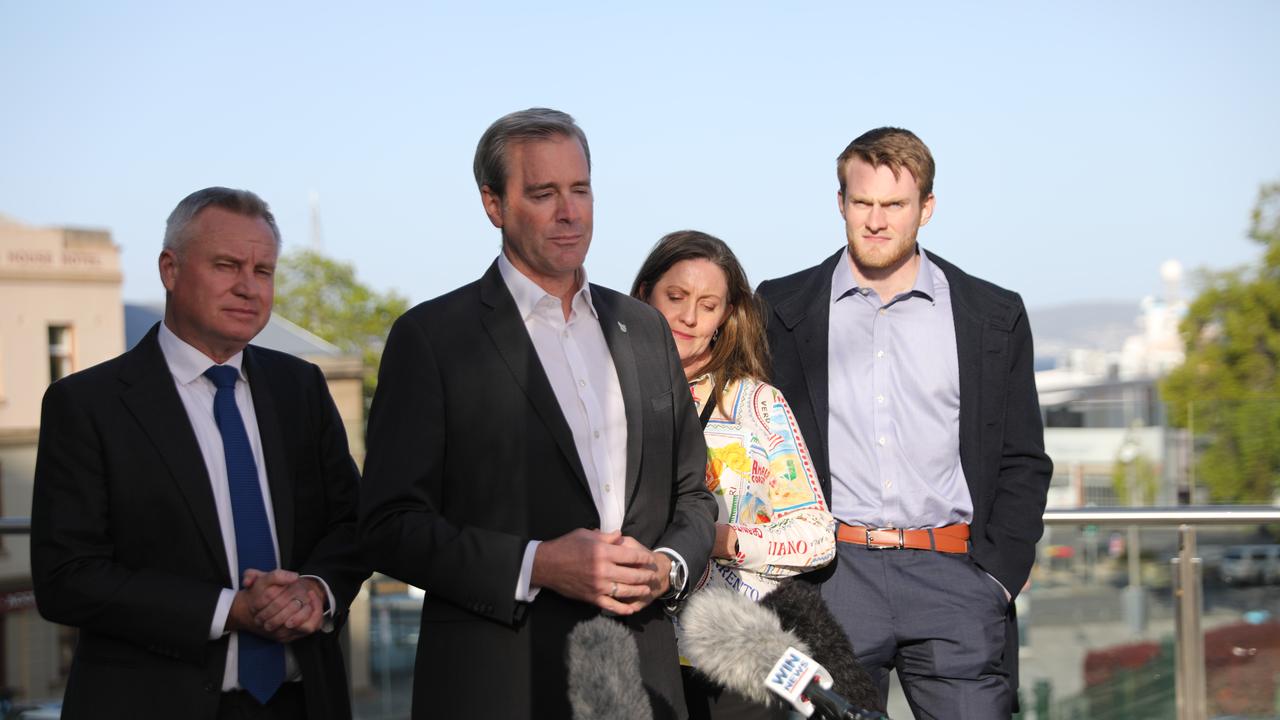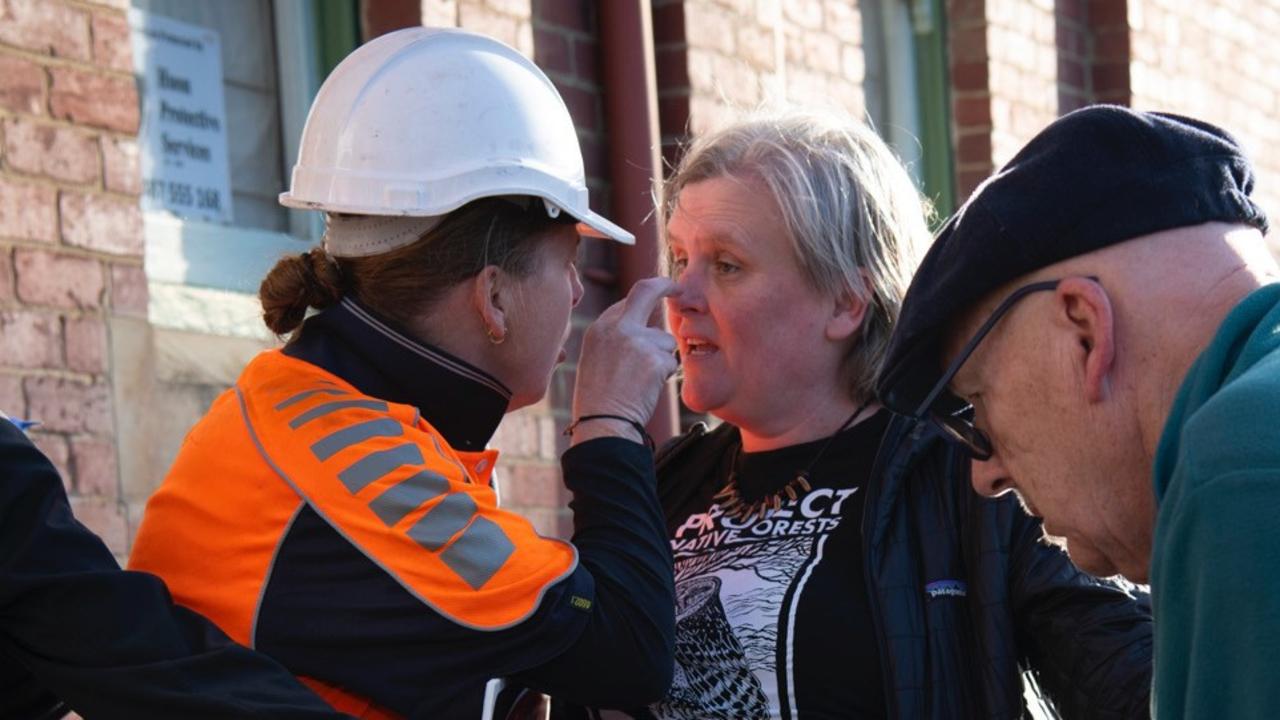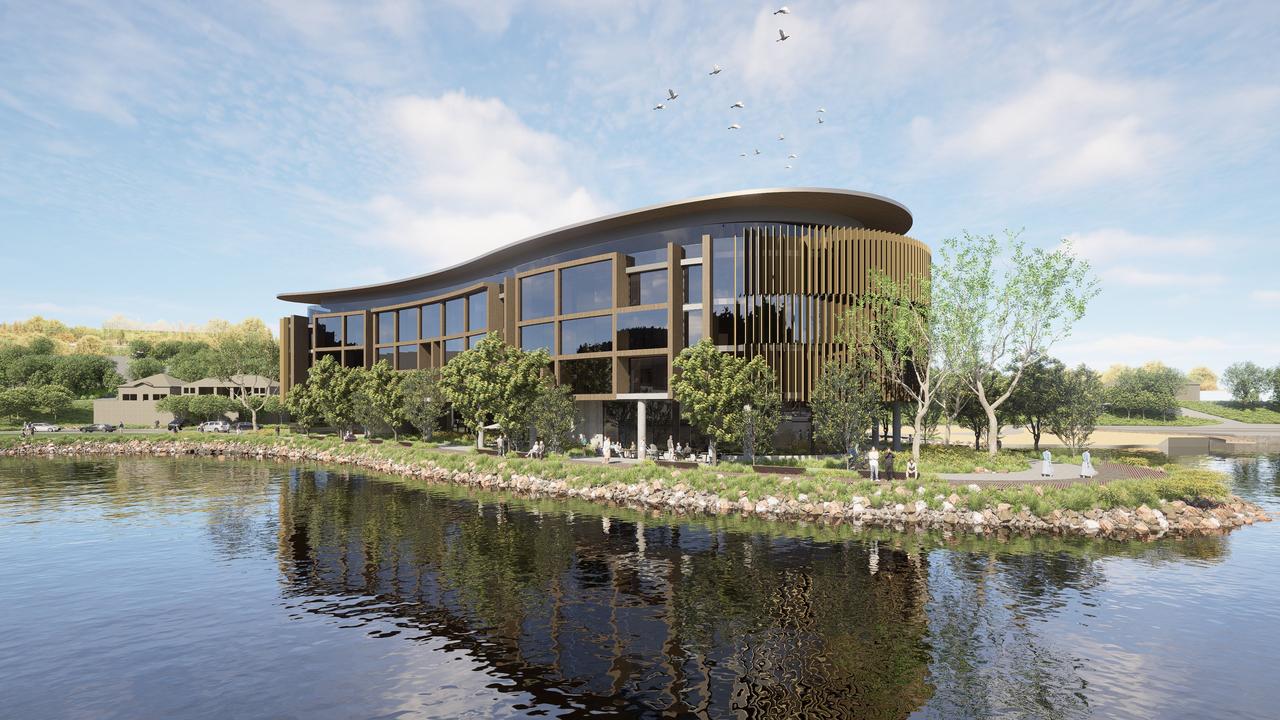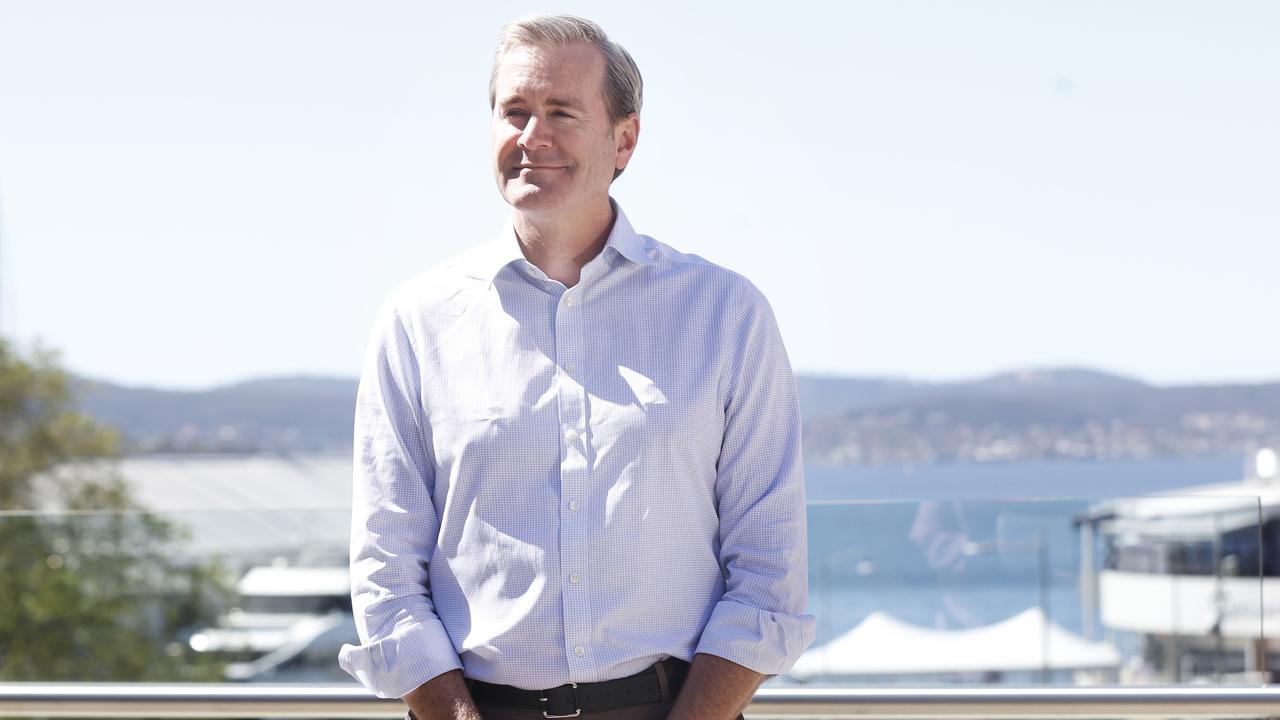Water restrictions coming to Hobart and surrounds despite heavy rainfalls
Water restrictions are on the way for tens of thousands of households and businesses despite above-average rainfalls throughout spring. SEE IF YOU’RE AFFECTED >>
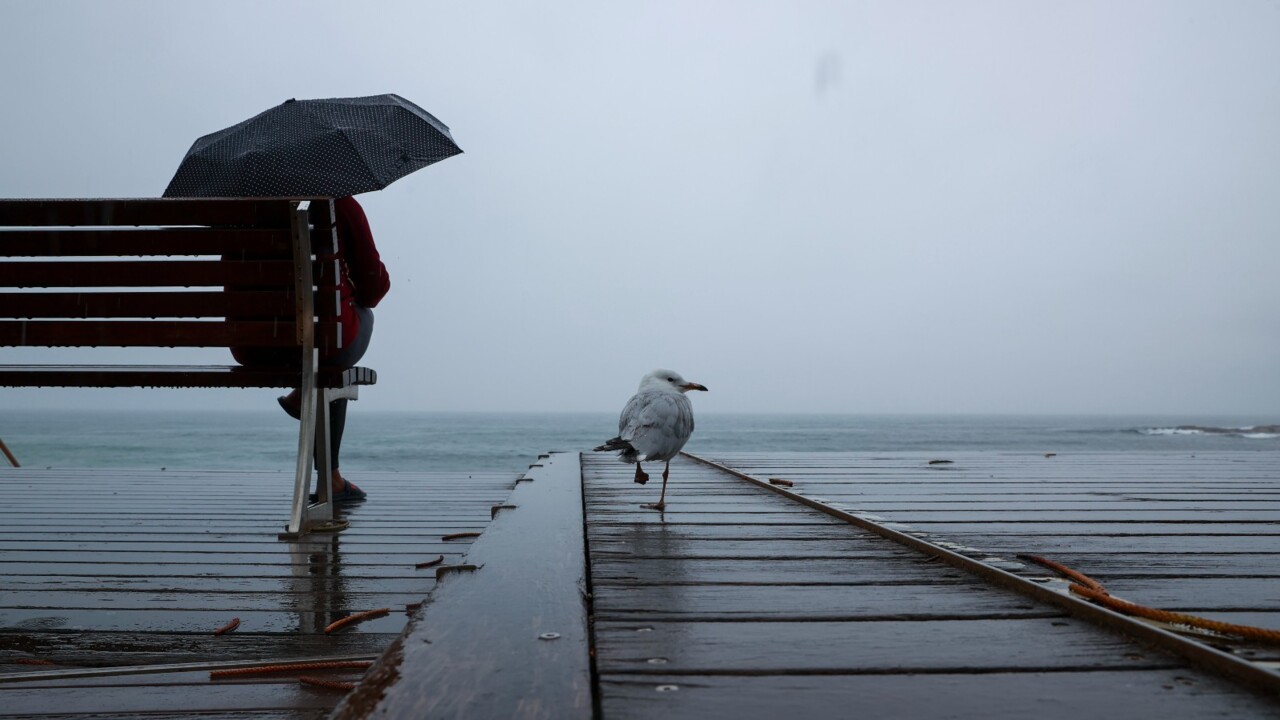
Tasmania
Don't miss out on the headlines from Tasmania. Followed categories will be added to My News.
WATER restrictions will be introduced from the middle of next month for parts of Hobart and surrounding areas, TasWater has announced.
The stage 1 water restrictions will apply from December 14 and aim to maintain supply to the city and surrounding areas over the summer holiday period.
Stage 1 restrictions aim to reduce non-essential water use by 20 per cent by encouraging more conscious use of water at home, outside and at work.
The restrictions include all suburbs within the City of Hobart, along with much of the Eastern Shore, Glenorchy, Brighton, New Norfolk, Kingston, Sorell, Kempton and Colebrook and surrounding suburbs.
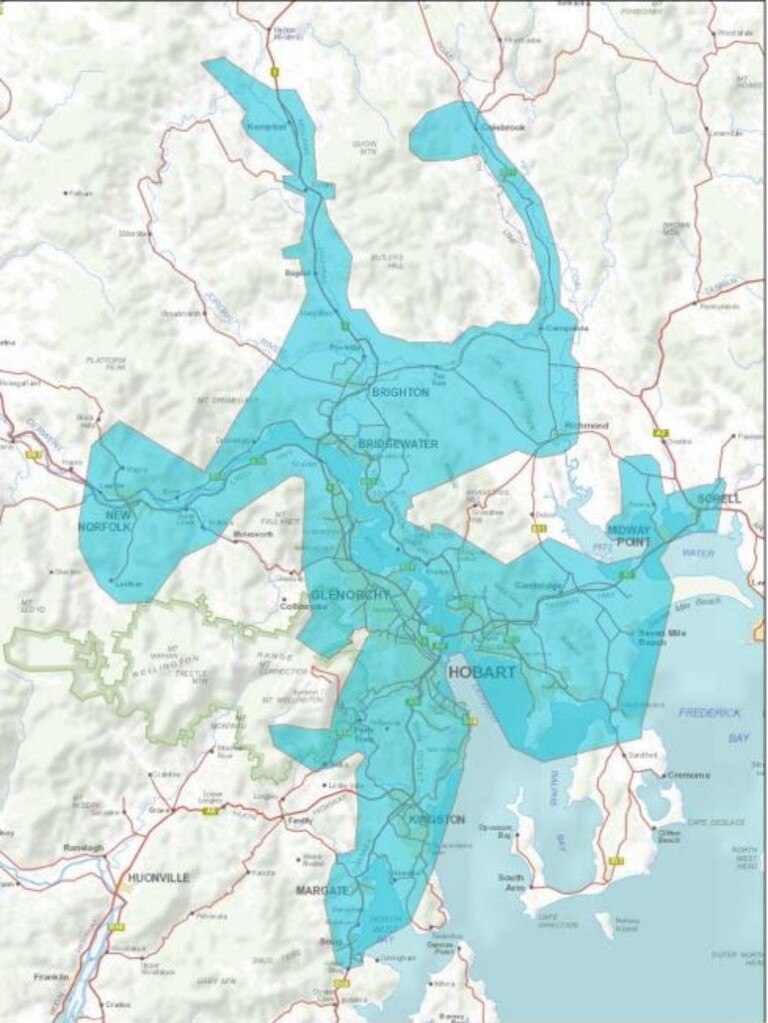
TasWater’s general manager of asset management services, Matt Derbyshire, said months of heavy rain had affected water quality.
“These restrictions are based on advice from our engineers, scientists and field operators who monitor our systems across the state,” he said.
“Their aim is to protect drinking water supplies, which have become more difficult to treat following recent heavy rainfall causing sediment and debris to run into our rivers.”
Mr Derbyshire said many factors were considered before restrictions were announced, including increased demand on water supply and the effects of the La Nina weather conditions.
“We are expecting continued wet weather over the coming months, which will continue to impact on the water treatment process,” he said.
“Implementing these restrictions will help us ensure water is available when residents, visitors and businesses turn on their taps.”

ALL THE RESTRICTIONS
Gardening/lawn watering and sporting grounds:
- Manual watering systems can be used only between 6am and 8am, and 8pm and 10pm, while automatic watering systems can be used only between midnight and 4am.
- Hand-held hoses with a trigger nozzle, buckets or watering cans can be used at any time.
Paving, concrete and other hard surfaces:
- Spot cleaning for safety, health, animal or emergency reasons with a hose fitted with a trigger nozzle or with high-pressure cleaning equipment is permitted.
- For construction, using water for dust or pollutant suppression, or earth compaction by means of a hose fitted with a flow cut-off device or vehicle fitted with sprinklers is permitted.
- Hosing for general cleaning of hard surfaces such as paths, driveways and paved areas is not allowed at any time.
Washing vehicles
- A bucket, high-pressure cleaning device or commercial car wash can be used at any time for vehicle washing.
- A hand-held hose fitted with a trigger nozzle can be used only for pre-rinsing and rinsing at home.
Residential or commercial pools and spas
- Topping up of pools and spas using only a hand-held hose fitted with a trigger nozzle, a bucket, watering can or auto device.
- Emptying and refilling existing pools and spas up to 2000L may only be refilled or filled for the first time using a hand-held hose fitted with a trigger nozzle, a bucket or automatic water top-up device. If more than 2000 litres, an exemption is needed from TasWater.
La Niña brings increased flooding risk to Tasmania
MUCH of Tasmania will experience a wetter and warmer summer than normal as a result of the La Niña weather event set to affect many parts of Australia, the weather bureau says.
The Bureau of Meteorology said above average rainfall in Tasmania during spring had ensured soil moisture was high in many areas of the state.
The state’s already wet landscape, combined with the La Niña event, meant there was an increased chance of more floods than normal in the state this summer.
The bureau’s head of operational climate services, Andrew Watkins, said Tuesday’s La Niña declaration would likely continue to create wet conditions for parts of eastern Australia.
“La Niña describes a pattern of ocean temperatures that sees warmer waters in the western Pacific, which in turn drives increased atmospheric moisture and rainfall, including heavy rainfall, over Australia,’’ Dr Watkins said.
“This pattern is likely to continue through until at least the end of January.”
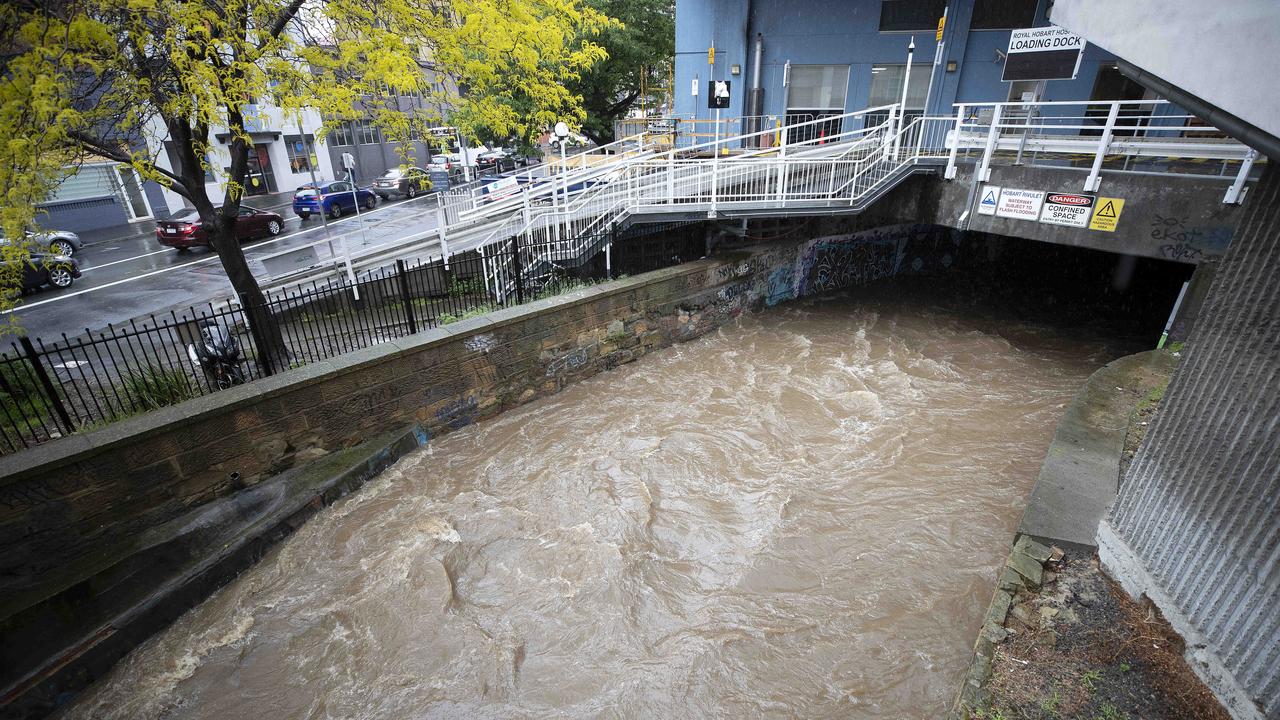
Tropical weather and significant rainfall is expected to lash eastern, northern and central parts of Australia over the summer months.
“Tasmania is looking like it will have drier conditions in the western half of the state but possibly wetter than normal in the east and northern parts of the state over the summer,’’ Dr Watkins said.
“In terms of temperatures, average to warmer than average for much of the state during the day. Unfortunately, nights are looking quite warm as well.”
The bureau said a wetter forecast meant normal to below normal fire potential in many forested areas of Tasmania.
But it warned while the bushfire risk may not be as high this summer as in some years, bushfire happen every summer in Australia, with even short periods of hot and windy weather raising the risk.

Meanwhile, TasWater has urged Tasmanians to be mindful of their water use over the warm months ahead.
TasWater said while the wet conditions may assist in reducing outdoor water use and overall demand on the state’s drinking water network, it could also increase the risk of dirty water in catchments and storages.
“Wet weather events can impact on the water treatment processes and sometimes requires more intensive treatment to ensure water continues to meet the Australian Drinking Water Guidelines,’’ TasWater climate change strategy lead Luc Richard said.
“These challenges may result in the need for the greater Hobart area to go on water restrictions this summer, despite the rainfall.”
TasWater said that was why it was important for Tasmanians should be mindful of their water use year-round.
More Coverage
Originally published as Water restrictions coming to Hobart and surrounds despite heavy rainfalls




